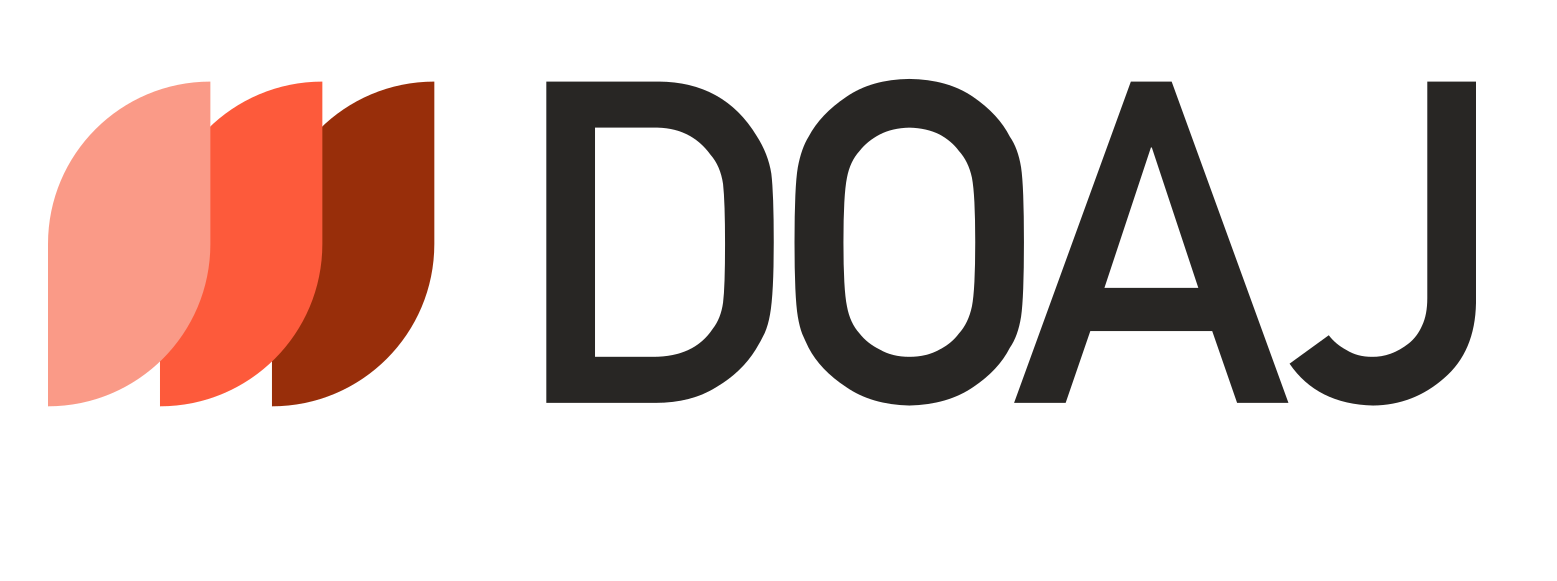Judicial tools in the development of civil law rules (France as a model)
DOI:
https://doi.org/10.35246/jols.v34is.259Keywords:
interpretation, measurement, exception, complementAbstract
Despite the principle of separation of powers brought by the French Revolution, which entrusted the task of drafting legislation and its amendment to the legislative authority and the task of settling disputes and settling them in the judiciary. However, since that date, the French judiciary has played a major role in the development of French civil law (In spite of all the economic and social developments that have taken place in French society throughout these years) since its promulgation until February of 2016, the date of the Legislative Decree No. 131 of the year 2016 A modification is the largest in the history of the French Civil Code (which was the judicial precedents in which a significant impact), was assisted by the French judiciary in the performance of the most important developmental task with tools of interpretation, measurement, and the exception, and tummy tuck. From here, this research came to highlight these four instruments and their role in the development of the rules of French civil law.
Downloads
References
II. Abdou Ka- La sécurité juridique en droit administratif sénégalais- Université Gaston berger de saint Louis - DEA droit public- 2015.
III. Alexandre Mandil- L’influence de la Cour EDH sur le droit français : l’exemple de la GPA-2015.
IV. Alain A. Levasseur- Code Napoleon or Code Portalis? Louisiana stste university law center- journal articles- faculty scholarship- 1969
V. Aurélien Bamdé-Le critère de la distinction entre nullité relative et nullité absolue- 2017.
VI. Aurélien Bamdé-La licéité du contenu du contrat ou la conformité de ses stipulations et de son but à l’ordre public-2017.
VII. Christian Atias- Le Droit Civil - Presses Universitaires De France - Puf, 2004.
VIII. Daria BELOVETSKAYA- SUR L’IMPACT DE LA NOUVELLE MOUTURE DE LA REFORME DU DROIT DES OBLIGATIONS EN DROIT DE LA CONSTRUCTION.
IX. Delphine LANZARA- LES MODES PRETORIENS D’AMENAGEMENT DES PRINCIPES DU DROIT DES OBLIGATIONS- THESE Pour le doctorat en droit privé Présentée et soutenue publiquement Le 25 novembre 2014.
X. Dominique FOUSSARD- La cour de cassation française et l'unification du droit.
XI. Dominique FOUSSARD- La cour de cassation française et l'unification du droit.
XII. Eloïse Haddad- Les notions de contrat d’assurance- THÈSE Pour l’obtention du titre de Docteur en droit- UNIVERSITE PARIS I PANTHÉON SORBONNE Ecole de droit la Sorbonne- 2017.
XIII. François Terré-Introduction au droit- Précis Dalloz- 9ème éd- 2012.
XIV. Gény (François). Méthode d'interprétation et sources en droit privé positif, Paris- 1919.
XV. Gerard Carney- Comparative Approaches to Statutory Interpretation and legilative in france- Duke journal of comparative & international law- vol:13 - Special Issue 2003.
XVI. Gérard Cornu- Vocabulaire juridique- Puf- coll- Quadrige - 10ème éd- 2014.
XVII. Henri de Castries,Nicolas Molfessis- Sécurité juridique et initiative économique- Éditions mare & martin- 2015.
XVIII. History of the Judicial System in France.
XIX. Jacques- Brice Momnougui- L'application du droit des sociétés aux associations- Memoire pour 1 obtention du master 11 droit prive fundamental: Dominante droit des affaires- Annee universitaire-2006-2007.
XX. Jacques Ghestin, Gilles Goubeaux- Traité de droit civil. Introduction générale- Librairie générale de droit et de jurisprudence- Paris- 1990.
XXI. Jean Carbonnier - Note sur les notes d'arrêts- Dalloz 1970.
XXII. Jean Carbonnier- Droit civil, Introduction, Les personnes, La famille, l’enfant, le couple- vol. 1- 2004.
XXIII. Jean-Étienne-Marie PORTALIS- Discours préliminaire du premier projet de Code civil- Bordeaux : Éditions Confluences, 2004.
XXIV. Johann Le Bourg- La remise de la chose - essai d’analyse à partir du droit des contrats- Pour obtenir le grade de DOCTEUR DE L’UNIVERSITÉ DE GRENOBLE -Spécialité Droit Privé- 2010.
XXV. Mehdi Kebir- Le libre arbitre du juge- pour obtenir le grade de : Docteur de l’université François-Rabelais de Tours- 2017.
XXVI. Mélanie Samson et Marianne Perreault- Le raisonnement par analogie- L’argument a pari- Capsule d’interprétation mise à jour le 19 février 2018.
XXVII. Mélanie Samson et Rafaëlle Ouellet- Méthodes et interprétation en France- 6 décembre 2018.
XXVIII. Michelle Gobert- La jurisprudence, source du droit triomphante mais menace- , in La jurisprudence aujourd’hui, libre propos sur une institution controversée, RTD civ. 1992.
XXIX. MIKHAÏL XIFARAS, Cergy-Pontoise. Influences et réceptions mutuelles du droit et de la philosophie en France et en Allemagne- Drittes deutsch-franzosisches Symposion-vom 16. bis 18. September 1999.
XXX. Mireille Poirier- À propos des revirements de jurisprudence : cris et chuchotements- le Droit Ouvrier • SEPTEMBRE 2008.
XXXI. P. Sargos- Le cautionnement : dangers, évolution et perspectives de réformes- Rapport de la Cour de cassation- 1986.
XXXII. Pascale Deumier-Repenser la motivation des arrêts de la Cour de cassation ?Raisons, identification, realization.
XXXIII. Picard (Maurice)- La gestion d’affaires dans la jurisprudence contemporaine - deuxième partie- RTD civ- 1922.
XXXIV. Pierre-André CÔTÉ avec la collaboration de Stéphane BEAULAC et Mathieu DEVINAT- Interprétation des lois- 4e éd.- Montréal-Thémis- 2009.
XXXV. Renaud Colson. La fonction de juger : Etude historique et positive. Fondation Varenne- 2006.
XXXVI. Sébastien Tournaux- L'obiter dictum de la Cour de cassation- RTD Civ. 2011.
XXXVII. THE ROLE OF THE COURT OF CASSATION.
XXXVIII. V. Avena-Robardet- Prêt consensuel ou réel : la remise des fonds fait débat- 2010.
Downloads
Published
Issue
Section
License
Copyright and Licensing:
For all articles published in Journal of Legal Sciences, copyright is retained by the authors. Articles are licensed under an open access Creative Commons CC BY 4.0 license, meaning that anyone may download and read the paper for free. In addition, the article may be reused and quoted provided that the original published version is cited. These conditions allow for maximum use and exposure of the work.
Reproducing Published Material from other Publishers: It is absolutely essential that authors obtain permission to reproduce any published material (figures, schemes, tables or any extract of a text) which does not fall into the public domain, or for which they do not hold the copyright. Permission should be requested by the authors from the copyrightholder (usually the Publisher, please refer to the imprint of the individual publications to identify the copyrightholder).
Permission is required for: Your own works published by other Publishers and for which you did not retain copyright.
Substantial extracts from anyones' works or a series of works.
Use of Tables, Graphs, Charts, Schemes and Artworks if they are unaltered or slightly modified.
Photographs for which you do not hold copyright.
Permission is not required for: Reconstruction of your own table with data already published elsewhere. Please notice that in this case you must cite the source of the data in the form of either "Data from..." or "Adapted from...".
Reasonably short quotes are considered fair use and therefore do not require permission.
Graphs, Charts, Schemes and Artworks that are completely redrawn by the authors and significantly changed beyond recognition do not require permission.
Obtaining Permission
In order to avoid unnecessary delays in the publication process, you should start obtaining permissions as early as possible. If in any doubt about the copyright, apply for permission. Journal of Legal Sciences cannot publish material from other publications without permission.
The copyright holder may give you instructions on the form of acknowledgement to be followed; otherwise follow the style: "Reproduced with permission from [author], [book/journal title]; published by [publisher], [year].' at the end of the caption of the Table, Figure or Scheme.











